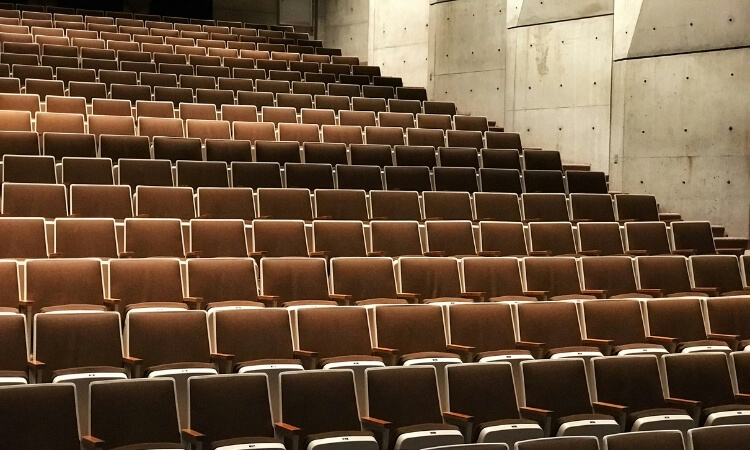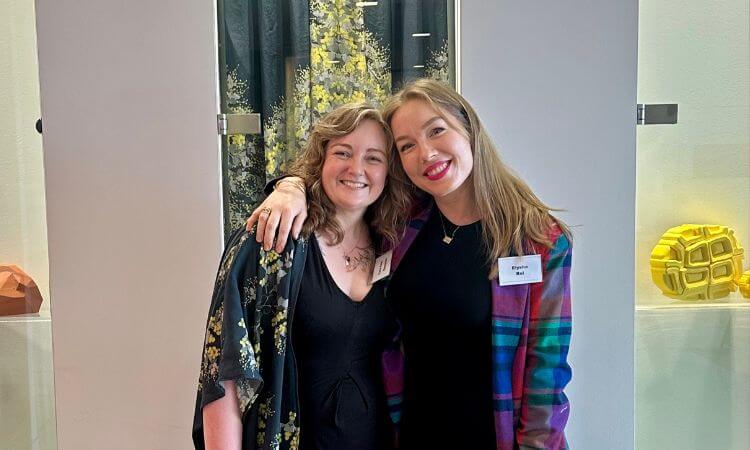Students have been protesting to keep in-person lectures at the newly amalgamated Adelaide University next year.
University representatives say Adelaide University will not remove face-to-face lectures but “rework” the traditional format in line with research on how students learn. This could include quizzes, group discussions or self-paced-learning modules. Whether lectures are on-campus or online will vary by course and discipline.
Students say in-person lectures are needed for “community and connection” while the tertiary education union has warned about the “death of campus life”.
Many other Australian universities, including the University of Southern Queensland where I teach, no longer rely solely on in-person lectures for teaching.
What does this mean for students and teachers?
The history of the lecture
Lectures can be traced back to ancient Greece, where their purpose was to debate thoughts and transmit knowledge in a culture that relied heavily on the spoken word.
Lectures then became the cornerstone of universities in medieval times, where teachers would read to students directly from texts.
More recent decades saw the lecture becoming a key part of student learning and engagement at universities, together with laboratory or tutorial sessions, depending on the discipline.
But times have changed
Technology now means people don’t have to be physically on campus to hear a lecture.
Online learning was happening before COVID but the pandemic pushed universities further in this direction. While some institutions went back to on-campus delivery after lockdowns, others chose to move online or offer a combination. This changed how courses were delivered.
At the same time, university students have also changed. For students who enrol full-time and spend most of their week on campus, attending a regular lecture in person is straightforward. But many students today live far from campus. They may also have significant work or caring responsibilities, or disability which makes it challenging to attend in person.
About 40% of domestic undergraduate students are Indigenous, from a low socioeconomic background, from a rural or regional area, or have a disability. We also know a growing number of students are balancing paid work and study.
How do students learn?
The lecture is based on the idea the teacher has all the knowledge, and transmits this to students, who soak this up largely passively. We now know there are more effective and equitable ways to teach and engage students.
For example, research suggests students should be able to refer to a lecture or tutorial in a way and at a time that suits them. This allows them to adjust the speed, or listen and relisten to the recording while making notes.
Data on how students learn (called learning analytics) also suggests videos should only be in short chunks, so students stay engaged with learning.
My as-yet unpublished research indicates Australian university students studying online value recorded content (such as videos from lecturers) because it’s flexible and supports their busy lives and personal circumstances.
Online tutorials and recordings can also help students with different learning styles, disabilities and English as a second language. For example, a student with attention-deficit/hyperactivity disorder may not be able to sit in a lecture hall for 55 minutes without breaks.
What about making friends and group work?
Students tell us making friends while studying is important. They also value a sense of belonging with their peers, teachers and institution.
One of the key concerns about losing in-person lectures is that learning may become an isolating and impersonal experience.
This is why any learning – whether in-person, online or a mix – should focus on what researchers call “social and collaborative engagement”. This encourages students to interact with each other and their teacher, work together, solve problems and build connections.
There are many ways teachers can facilitate this, particularly for online learners. This can include structured social time at the start of tutorials, using chat functions and break-out rooms online for group work and discussions or online bulletin boards and forums.
Just as teachers no longer wear gowns to class, universities are changing as we work out where and how we can best reach and engage with our students, wherever and however they choose to join us.
The article has been republished from The Conversation under the Creative Commons license. Read the original article.




